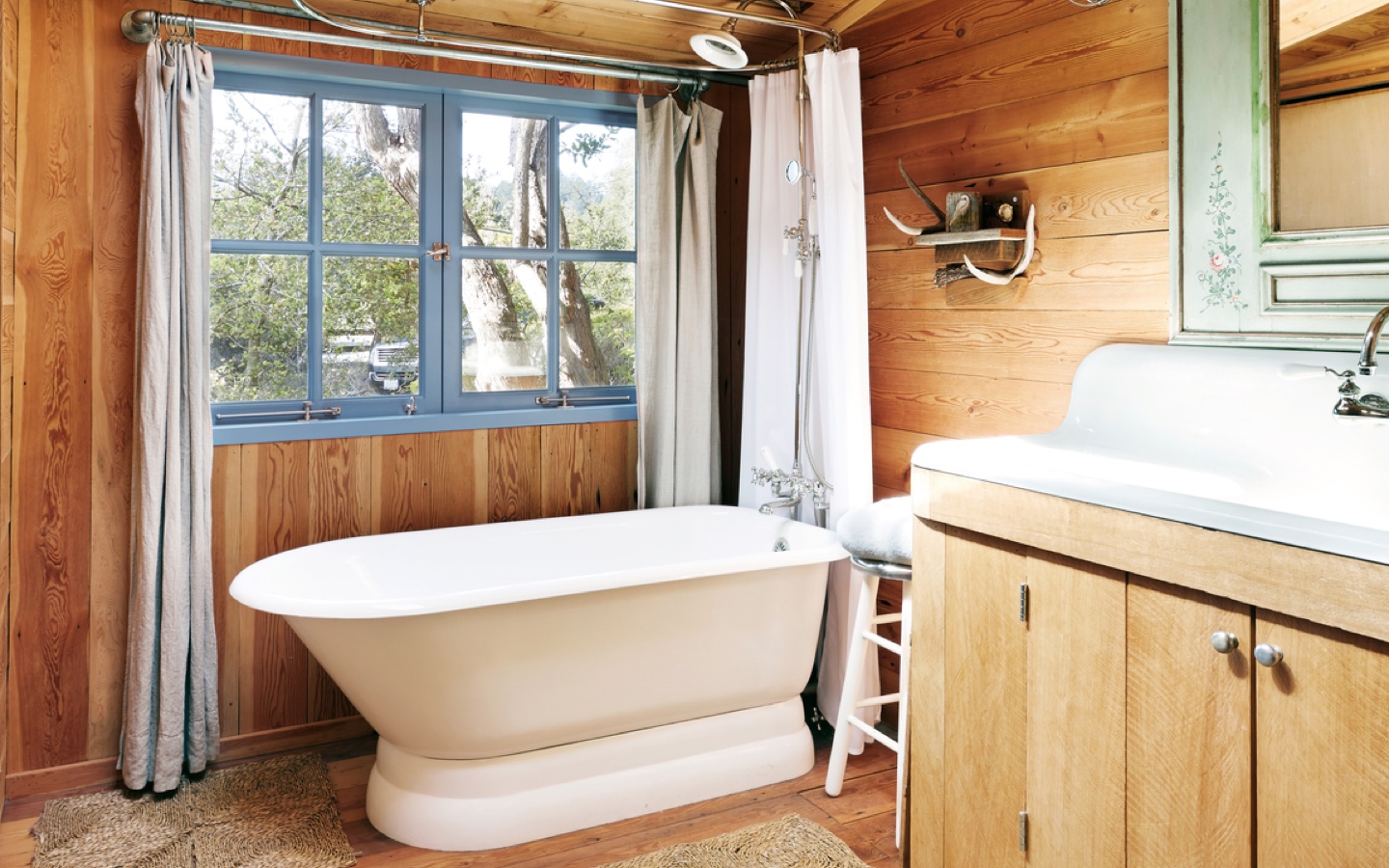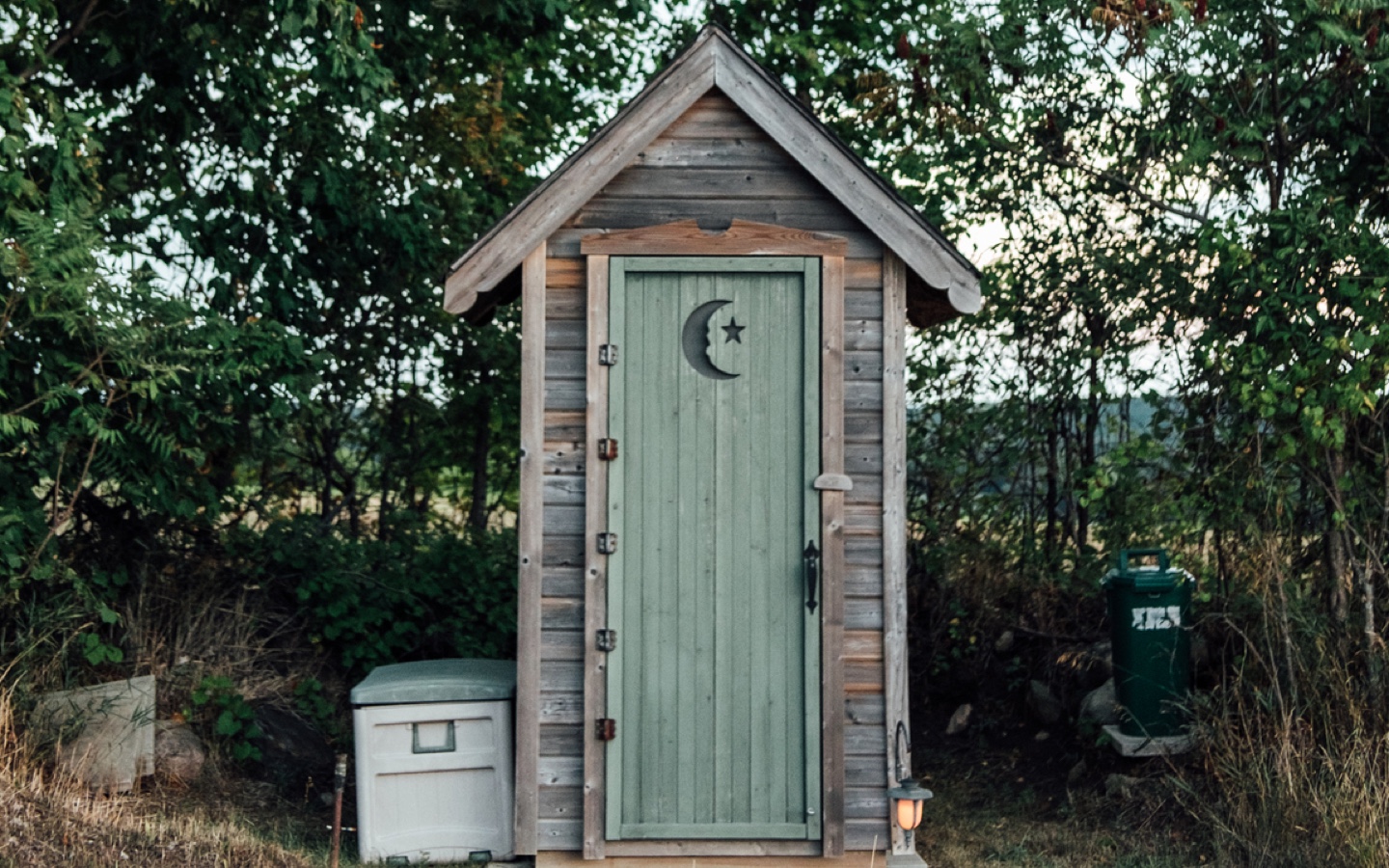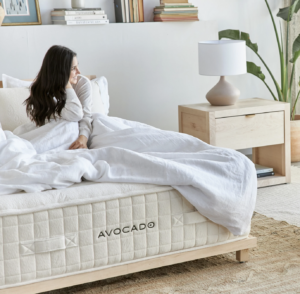Traditional toilets are wasting water at a crazy rate. Turns out modern composting toilets are simple, easy to use or build, and don’t stink.
Every time you flush a toilet, it uses between one and seven gallons of water. And it’s not just water, an increasingly scarce source due to climate change, that the regular porcelain throne wastes. The cost of traditional toilet fixtures, installation, and any additional labor needed with issues that often surface with plumbing can add up quickly.
That’s why it’s time to embrace composting toilets. Composting toilets don’t require any water for flushing. We’re talking about saving millions of gallons of water every year, reducing the costs of bathrooms, and even generating a nutrient-rich fertilizer byproduct.
Composting toilets are most often used as DIY, outdoorsy versions in out-there places or in rural locations where there isn’t running water. But now polished fixtures come ready for the modern home. They’re clean and high-tech, with computerized fans built-in to keep odors out, and swanky automated composting systems that make dealing with the byproducts a breeze.
Win. Win. WIN.

But Don’t Composting Toilets Stink? PASS.
Okay, so let’s address the elephant in the room here: composting toilets sound gross. They conjure up unpleasant memories of camping and flies above vault toilets and dealing with the waste, and nobody wants to go there.
But it turns out a lot of people have been working on that, and they’ve come up with a solution. Virtually all composting toilet fixtures come with features built in to eliminate smell. Using a combination of fans, air pressure, and urine diversion, engineers have created composting toilets that don’t stink, and improve the digestion process of the compost.
How to Make Your Own Composting Toilet
Have a rural property? Maybe some acreage? Building a tiny house? Composting toilets can be a great way to add a bathroom to an off-the-grid area without plumbing. Since they don’t require a septic tank or any pipes, they’re incredibly cheap and easy to construct.
Every local city council has slightly different waste disposal requirements, so be sure to contact them first. Look into your local environmental regulations to make sure you’re not doing anything that could potentially be against code.
Good to go? These are the four basic tenets of a composting toilet:
- Separate liquids from solids. When urine and feces get mixed together, it creates a mixture that stinks, and does not compost. For a composting toilet to work, you need to divert urine away from the solids.
- Ventilate. Airflow is everything with a composting toilet. To keep it fresh, you’ll need to work in a ventilation pipe that comes out of your tank.
- Solid materials. To help speed up the composting in a DIY installation, you’ll need some dry material to throw in after you go to the bathroom. Many people like pine shavings, but sawdust works, too.
- Waste removal. Nobody likes dealing with poop, so make sure you have a system at the ready when it’s time to service your composting toilet. How often you need to empty your containers will depend on the frequency of use. What’s really important (and awesome) though is that you’re not really doing anything with the raw materials, you’re sealing them and replacing the container with a new bucket while the other one composts.
Be sure to check out Journey Homemade for a full, in-depth tutorial on how to make your own composting toilet.

What Can (And Can’t) Go Into a Composting Toilet
So here’s the thing, because we’re composting your waste, we have to be mindful of what we’re putting in the toilet.
Generally, only biodegradable, plumbing-safe things should go in toilets anyway, but in case you needed a reminder, here are a few things you never want to put in a toilet (like, ever): q-tips, tampons, sanitary napkins, wipes, condoms.
In the case of a composting toilet, you also want to avoid anything inorganic that could interfere with digestion, such as cleaners or makeup. If it’s biodegradable, it can go in, but anything else needs to go in the trash.
What to Do With the Waste
Once your composting toilet receptacle is full, it’s time to deal with the waste. Don’t sweat it — it’s not as disgusting as you might be thinking. Urine is loaded with nitrogen, potassium, and phosphorus that provide the nourishments to vegetables and flowers that a typical mineral fertilizer would. You can use your urine as fertilizer by diluting it with water at a ratio of 10:1, and applying it at the roots of your plants. If using urine for gardening isn’t your thing, you can also dispose of the waste in a gravel absorption trench.
Composting your solids is a different process. Once your compost bucket is full, it needs to cure for at least a year before use. If you’re careful, you can use your final product to fertilize your plants (better to stick with the non-edible ones). You can get compost bins that monitor internal temperature for you, but your best bet is to place your sealed buckets in a sunny area at the edge of your property and let nature do its thing.
Tell us your thoughts on Facebook and Instagram and tag us in the post! @AvocadoMatress

Shop Pillows
The Essential Organic Pillow Collection
Gentle, breathable, non-toxic support.






